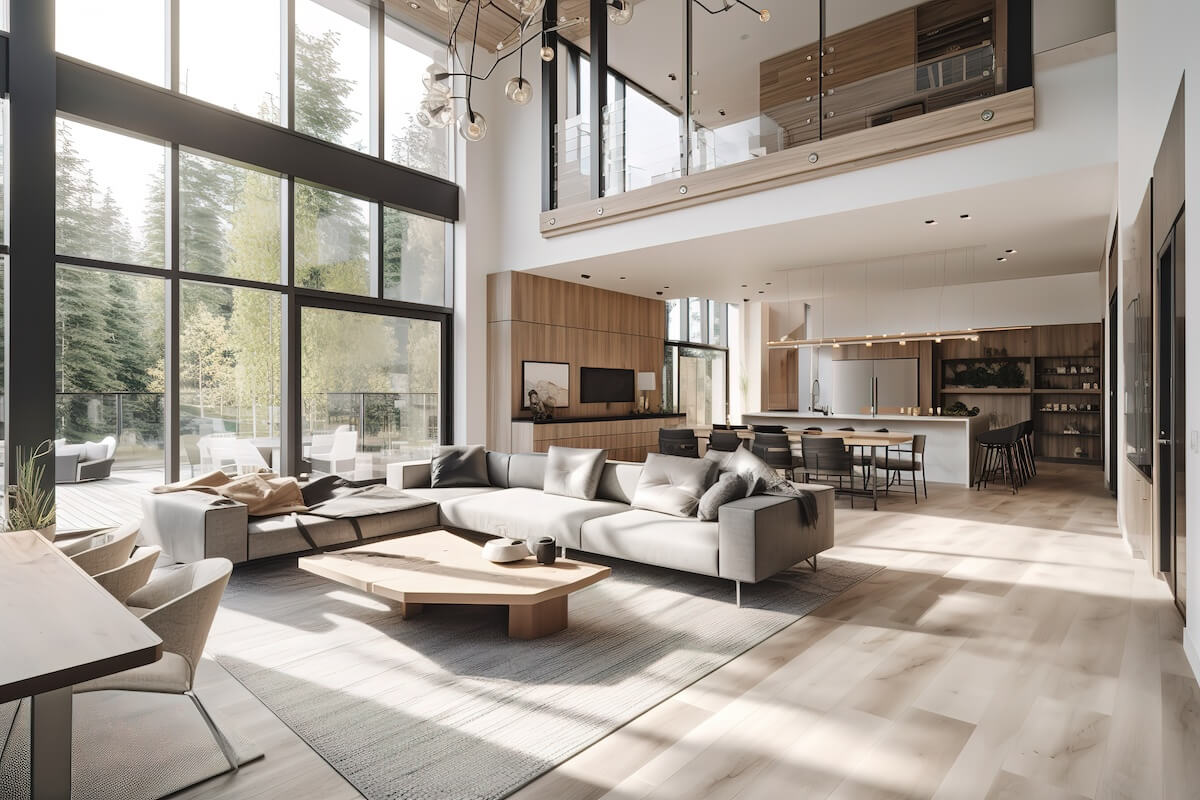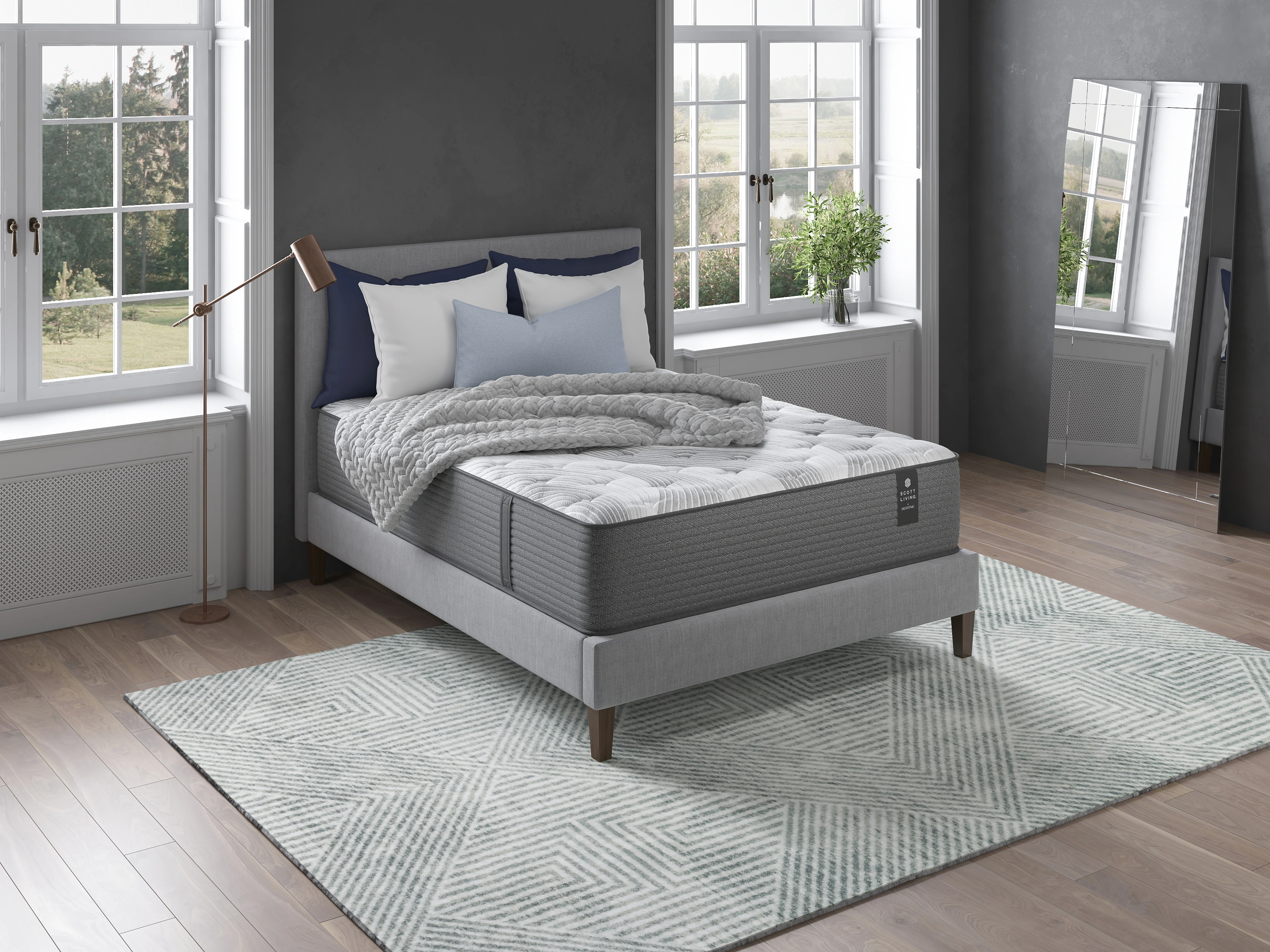All Categories
Featured
When it comes to creating and equipping your home, choosing the right style of furnishings is one of the most crucial decisions. Two popular choices are contemporary and standard furnishings styles.
Typical Furnishings: Conventional furniture, on the other hand, attracts inspiration from previous historic periods, such as the 19th and 18th centuries. It features a lot more ornate and intricate details, with a concentrate on craftsmanship and classic designs. This style is usually connected with a warm and inviting aesthetic, with furniture pieces showcasing attractive components like carved wood, abundant materials, and classy finishes. Typical furnishings has a tendency to have an extra formal look, and its layout is rooted in background, often with intricate patterns, sophisticated contours, and antique coatings.
![]()
Traditional Furnishings: Standard furniture is understood for using rich, all-natural materials like solid timber, leather, and textiles. Wood furnishings items, typically made from oak, mahogany, cherry, or walnut, are typical in standard designs. The coatings often tend to be darker and a lot more sleek, with intricate woodwork and elegant outlining. Furniture is commonly made from elegant materials like silk, brocade, or velour, which include in the opulent feel of typical designs. The materials in traditional furnishings are usually extra substantial and developed to last for generations.
![]()
Traditional Furniture: Conventional furniture, by comparison, frequently integrates richer, deeper shade tones. Patterns such as flower prints, damask, and stripes are typical in standard furnishings pieces, including an aspect of sophistication and appeal.
![]()
Conventional Furnishings: While traditional furniture likewise values comfort, the focus is much more on producing a glamorous and ageless appeal. Convenience is focused on, particularly in seating items such as chairs and sofas, but typical furniture does not necessarily emphasize the adaptability or capability that is typical in modern pieces.
Traditional Furnishings: Standard furniture is ideal suited for homes that welcome a more classic, formal design. While it can be mixed with modern-day components, standard furnishings has a tendency to control the area and is commonly the focal point.
Final thought. Inevitably, selecting between contemporary and traditional furniture comes down to your individual preferences and the general vibe you intend to create in your home. Contemporary furnishings provides sleek, minimalist styles and capability, while standard furnishings brings classic style, intricate craftsmanship, and a warm, welcoming feeling. Whether you're attracted to the clean lines of modern furnishings or the timeless appeal of traditional pieces, both styles supply unique benefits that can raise your home's aesthetic. The secret is to stabilize your choices with the certain demands and space of your home to create an unified, comfortable living setting.
- Layout and Visual. Contemporary Furnishings: Contemporary furniture is all about tidy lines, minimal styles, and a focus on performance. Contemporary furnishings has a tendency to have actually a downplayed sophistication, with less focus on ornamentation.
Typical Furnishings: Conventional furniture, on the other hand, attracts inspiration from previous historic periods, such as the 19th and 18th centuries. It features a lot more ornate and intricate details, with a concentrate on craftsmanship and classic designs. This style is usually connected with a warm and inviting aesthetic, with furniture pieces showcasing attractive components like carved wood, abundant materials, and classy finishes. Typical furnishings has a tendency to have an extra formal look, and its layout is rooted in background, often with intricate patterns, sophisticated contours, and antique coatings.
- Products and Finishes. Contemporary Furnishings: In contemporary design, products tend to be extra contemporary and varied. Furniture made from steel, glass, and plastics are frequently used, often combined with wood to create modern and sleek pieces.

Traditional Furnishings: Standard furniture is understood for using rich, all-natural materials like solid timber, leather, and textiles. Wood furnishings items, typically made from oak, mahogany, cherry, or walnut, are typical in standard designs. The coatings often tend to be darker and a lot more sleek, with intricate woodwork and elegant outlining. Furniture is commonly made from elegant materials like silk, brocade, or velour, which include in the opulent feel of typical designs. The materials in traditional furnishings are usually extra substantial and developed to last for generations.
- Shade Palettes. Contemporary Furnishings: Contemporary furniture accepts neutral color schemes, such as tones of gray, white, black, and beige. Bold accents and pops of shade are frequently made use of to create focal points, either with throw pillows, art work, or rugs.

Traditional Furniture: Conventional furniture, by comparison, frequently integrates richer, deeper shade tones. Patterns such as flower prints, damask, and stripes are typical in standard furnishings pieces, including an aspect of sophistication and appeal.
- Performance and Comfort. Contemporary Furnishings: Capability is a key attribute of contemporary furnishings. It is designed with contemporary living in mind, providing convenience and versatility. For instance, lots of contemporary items are modular, allowing you to readjust them to suit your requirements. Contemporary furniture commonly features built-in storage space solutions, multi-functional items, and ergonomic layouts, ensuring that both kind and feature are well balanced. The goal is to develop furniture that enhances the comfort and performance of day-to-day life.

Conventional Furnishings: While traditional furniture likewise values comfort, the focus is much more on producing a glamorous and ageless appeal. Convenience is focused on, particularly in seating items such as chairs and sofas, but typical furniture does not necessarily emphasize the adaptability or capability that is typical in modern pieces.
- Style Integration. Contemporary Furniture: Contemporary furniture functions well in contemporary homes, especially those with open-plan designs. Its tidy, minimalist style is perfect for minimal spaces or interiors that stress a more commercial, urban, or Scandinavian appearance. Contemporary pieces can likewise mix seamlessly with other style styles, such as mid-century modern-day, transitional, or perhaps typical, because of their functional and ever-evolving nature.
Traditional Furnishings: Standard furniture is ideal suited for homes that welcome a more classic, formal design. While it can be mixed with modern-day components, standard furnishings has a tendency to control the area and is commonly the focal point.
Final thought. Inevitably, selecting between contemporary and traditional furniture comes down to your individual preferences and the general vibe you intend to create in your home. Contemporary furnishings provides sleek, minimalist styles and capability, while standard furnishings brings classic style, intricate craftsmanship, and a warm, welcoming feeling. Whether you're attracted to the clean lines of modern furnishings or the timeless appeal of traditional pieces, both styles supply unique benefits that can raise your home's aesthetic. The secret is to stabilize your choices with the certain demands and space of your home to create an unified, comfortable living setting.
Latest Posts
Why Consistent Car Maintenance at Montclare Auto Repair Saves You Money
Published en
1 min read
Smooth Light Weight Aluminum Gutters: The Smart Option for Your Home
Published en
1 min read
Explore Top Car Repair Solutions at Montclare Auto Repair – Drive with Confidence
Published en
1 min read
More
Latest Posts
Why Consistent Car Maintenance at Montclare Auto Repair Saves You Money
Published Jun 01, 25
1 min read
Smooth Light Weight Aluminum Gutters: The Smart Option for Your Home
Published May 27, 25
1 min read
Explore Top Car Repair Solutions at Montclare Auto Repair – Drive with Confidence
Published May 27, 25
1 min read